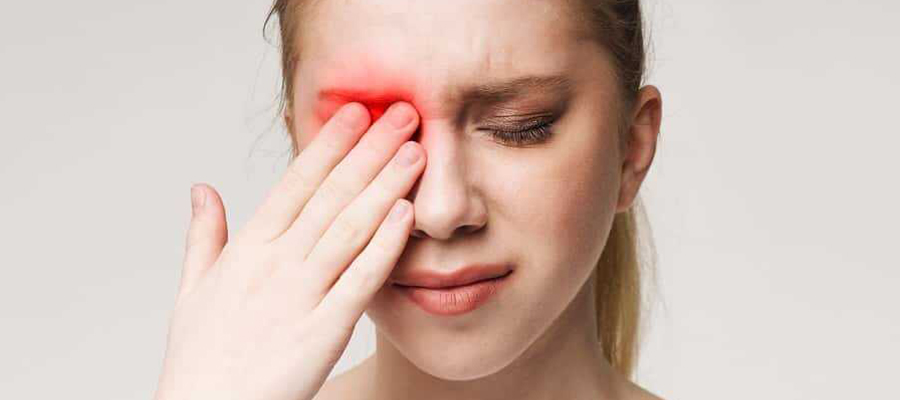
Estimated reading time: 2 minutes and 53 seconds
Stye Treatment
Effective Treatment for Stye: Relieving Discomfort and Promoting Healing
At Aktif International Hospitals, we understand the discomfort and inconvenience that a stye can cause. Our specialized team of ophthalmologists is dedicated to providing comprehensive care for patients with styes, offering advanced treatment options to alleviate symptoms and promote rapid healing.
Frequently Asked Questions
What is a stye?
A stye, also known as a hordeolum, is a common eyelid infection characterized by a painful red bump near the edge of the eyelid. Styes typically develop when oil glands or hair follicles on the eyelid become blocked and infected by bacteria.
What causes a stye?
Styes are commonly caused by bacterial infections, often due to the bacteria Staphylococcus aureus. Factors that can increase the risk of developing a stye include poor eyelid hygiene, rubbing the eyes with dirty hands, and conditions such as blepharitis or acne rosacea.
What are the symptoms of a stye?
Symptoms of a stye may include:
- Redness and swelling of the eyelid
- Pain or tenderness near the eyelid
- A small, pus-filled bump on the eyelid
- Watery or crusty discharge from the eye
- Sensitivity to light
- Blurred vision (in severe cases)
How is a stye diagnosed?
A stye is typically diagnosed based on a physical examination of the eyelid. In some cases, your doctor may recommend additional tests or evaluations to rule out other eye conditions or complications.
What treatment options are available for a stye?
Treatment for a stye aims to relieve symptoms, reduce inflammation, and promote healing. Common treatment options may include:
- Warm compresses: Applying a warm compress to the affected eyelid several times a day can help reduce pain and swelling and promote drainage of the stye.
- Antibiotic ointments or drops: Topical antibiotics may be prescribed to help clear the infection and prevent further complications.
- Steroid injections: In severe or persistent cases, your doctor may recommend a steroid injection to reduce inflammation and promote healing.
- Incision and drainage: If the stye does not improve with conservative measures, your doctor may perform a minor surgical procedure to drain the pus and relieve pressure.
Is a stye contagious?
While styes are not usually considered highly contagious, the bacteria that cause them can spread through close contact. It’s essential to practice good hygiene, avoid touching or rubbing the eyes, and wash hands frequently, especially if you have a stye.
How long does it take for a stye to heal?
In most cases, a stye will resolve on its own within a week or two with appropriate treatment and self-care measures. However, if the stye persists or worsens, or if you develop vision changes or severe pain, it’s essential to seek medical attention promptly.
How can I schedule a consultation for stye treatment at Aktif International Hospitals?
If you are experiencing symptoms of a stye or have concerns about your eye health, we encourage you to schedule a consultation with one of our experienced ophthalmologists at Aktif International Hospitals. Our team will provide a thorough evaluation, determine the best course of treatment for your individual needs, and offer compassionate care to help you feel better soon. Contact us today to schedule an appointment.
Author: Abdulvahit Demir


 TR
TR